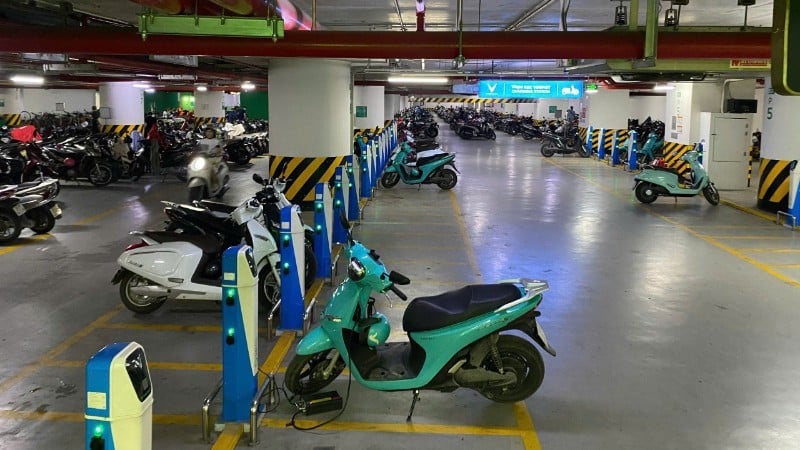
A separate area for charging stations for electric motorbikes and electric cars in the basement of Lieu Giai Tower apartment building, Hanoi (Photo: THE BANG)
Hanoi completes infrastructure
Based on the direction of the Prime Minister in Directive No. 20/CT-TTg dated July 12, 2025 on implementing a number of urgent measures to prevent and resolve environmental pollution, Hanoi city is urgently ban on fossil fuel motorcycles Circulating on the streets of the Capital: From July 1, 2026 on Ring Road 1; from January 1, 2028 on Ring Road 2; from 2030 on Ring Road 3.
When the policy takes effect, the number of vehicles of people in the area outside the beltway 1, the suburbs and the provinces to Hanoi, the number of vehicles entering and exiting will be greatly affected. Therefore, many people have expressed their opinions that there should be transit centers, parking lots with reasonable prices so that people can change vehicles when entering and exiting the area inside the beltway 1 most conveniently.
Infrastructure for electric vehicles must be adequate, such as charging stations covering every residential area in the beltway 1 area, and public transport services must be enhanced.
Associate Professor, Dr. Nguyen The Luong, Center for Research on Power Sources and Autonomous Vehicles, Hanoi University of Science and Technology, said that banning gasoline motorbikes and encouraging electric vehicles raises many issues that need to be solved such as: Fire and explosion safety, charging station system, battery quality management agency as well as post-use battery treatment, ensuring power source for charging needs...; at the same time, it is necessary to consider applying motorcycle emission standards as has been drafted for a long time, collect opinions, and then evaluate the effectiveness.
Hanoi Department of Construction is implementing many tasks for the conversion. green vehicles, including the establishment of a Working Group with the task of researching, studying, advising, and proposing to the City People's Committee options and locations... to bring about the highest efficiency when banning; especially synchronous solutions such as converting vehicles, upgrading traffic infrastructure, public transport, investing in charging stations, and encouraging people to use public transport and environmentally friendly vehicles.
At the meeting between the leaders of the Hanoi People's Committee and representatives of relevant departments, branches and enterprises on the progress of implementing the instructions of the Hanoi People's Committee in converting green means of transport in the area, Vice Chairman of the Hanoi People's Committee Nguyen Manh Quyen requested the Department of Construction to preside over reviewing regulations and standards to report, propose recommendations and develop a master plan for green conversion in the whole city.
In addition, the Department also researches, supplements, and adjusts bus routes to serve people's travel needs, ensuring a closed public transport system in the capital.
To achieve the goal, the city needs a detailed roadmap. First, it needs to build infrastructure, especially charging stations, one step ahead, and classify land use groups for implementation...
Need a synchronized solution
Experts emphasize that green transformation is not just a technical problem but a revolution that changes habits, psychology and social behavior. Therefore, it requires a synchronous combination of policy roadmap, socio-economic support, and awareness adjustment through communication.
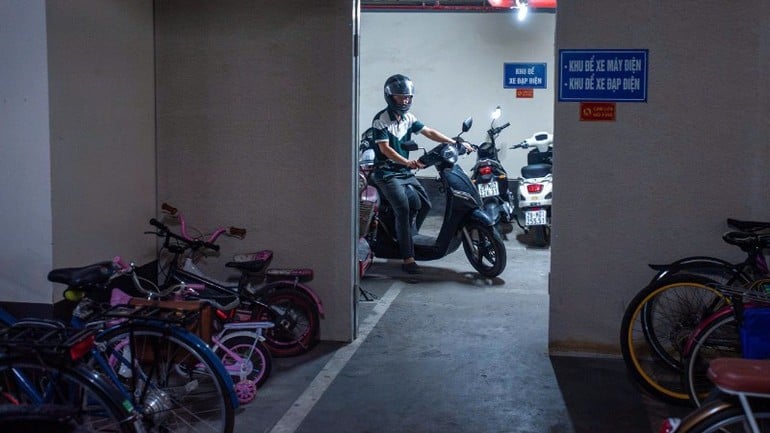
Associate Professor, Dr. Tran Thanh Nam, Vice Rector of the University of Education, Vietnam National University, Hanoi, said: The country has about 2.5 million electric motorbikes in circulation and about 25,000 registered electric cars. The policy may have psychological challenges for different social groups.
For example, students are a dynamic, adaptable group, also ready to change but dependent on family finances. If there is no ready infrastructure system such as cheap, convenient charging, it can lead to increased living expenses and reduced opportunities for part-time work.
Older manual workers who consider gasoline motorbikes as their main means of transport will be the group that hesitates because of the fear of losing their livelihood... The time to change the habit of using gasoline motorbikes and adapt will depend largely on infrastructure and support policies for target groups.
Sharing the solution, Associate Professor, Dr. Nguyen Duc Loc, Director of the Institute for Social Life Research, said that to operate a new policy or initiate a major change like this, planners need to ensure resources and resources. This is not only a budget issue but also a real commitment to operational capacity.
For example, there needs to be a vehicle replacement fund for low-income people, a preferential loan program, or even direct subsidies during the transition period. The technical infrastructure system, from electric charging stations, maintenance and repair networks, to alternative public transport systems, needs to ensure that it serves the needs of everyone.
Source: https://baolangson.vn/ha-noi-voi-lo-trinh-chuyen-doi-phuong-tien-giao-thong-5053505.html


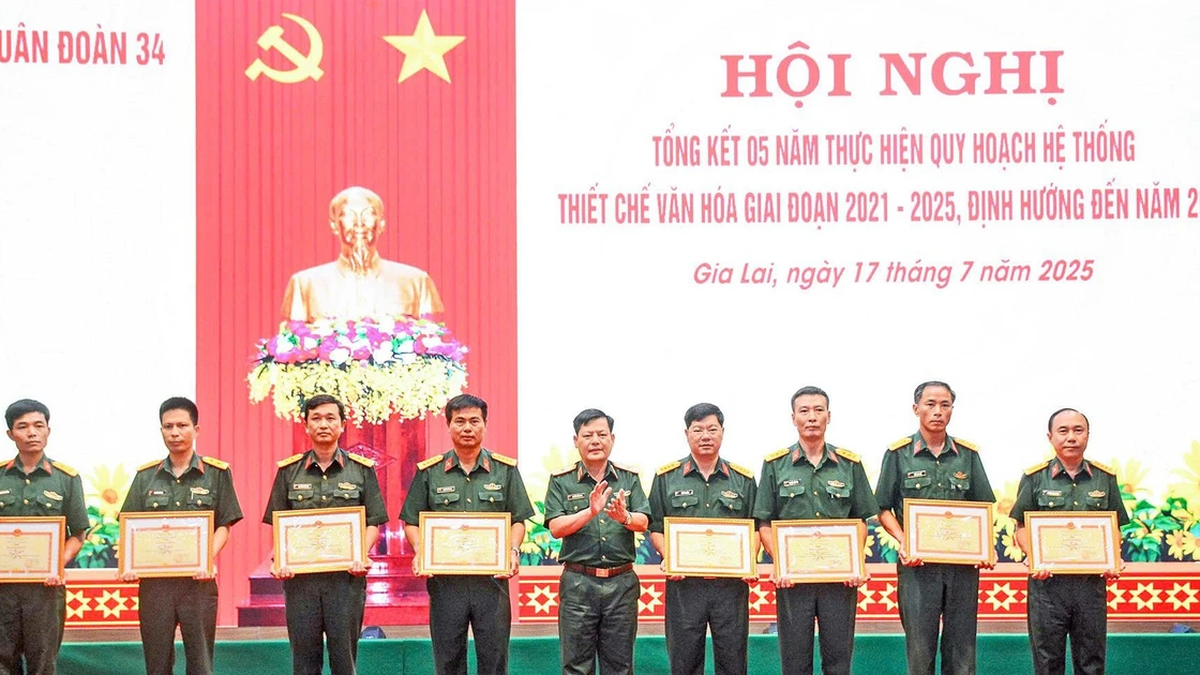
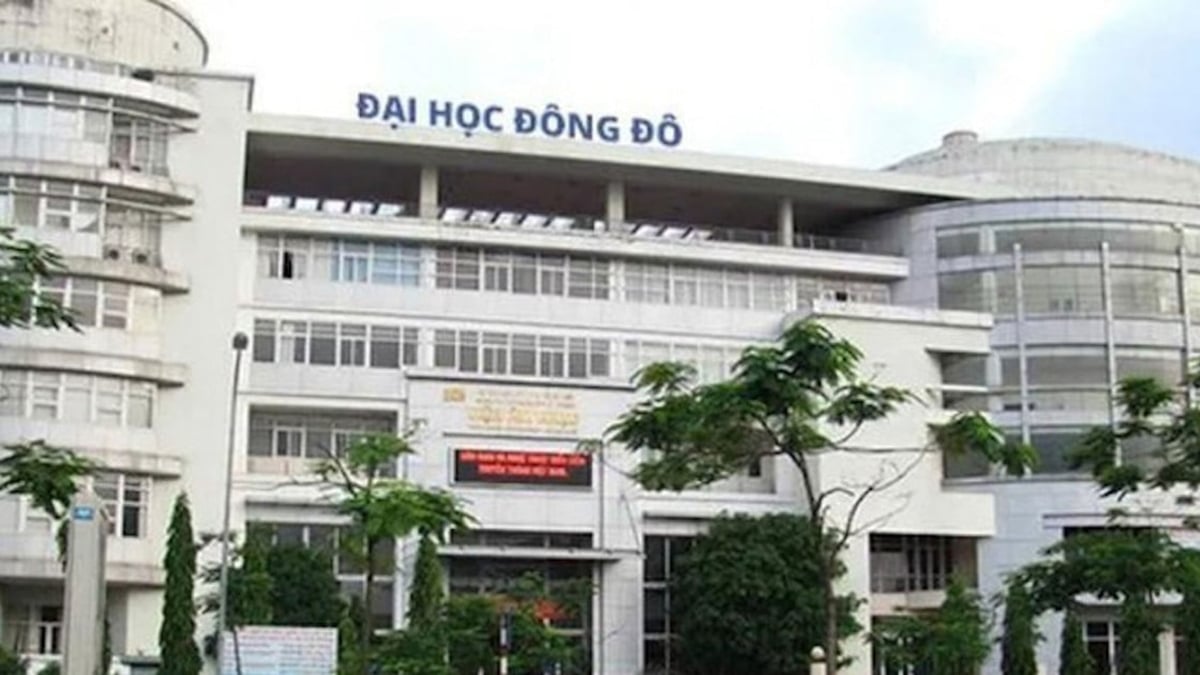
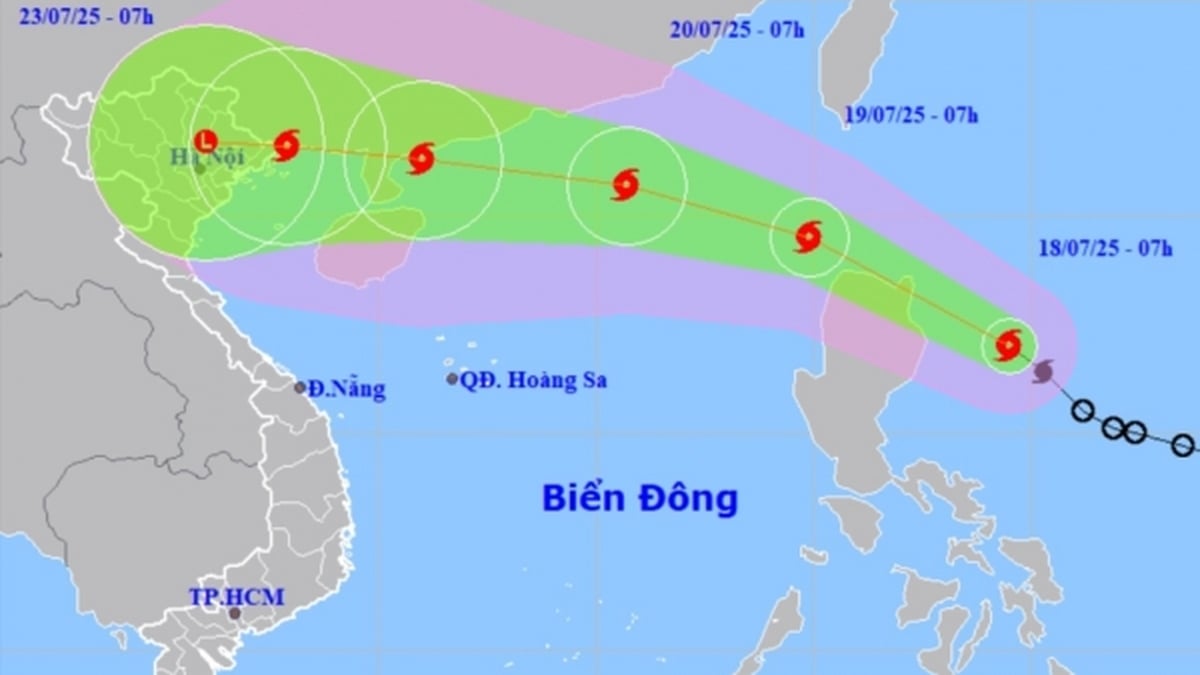

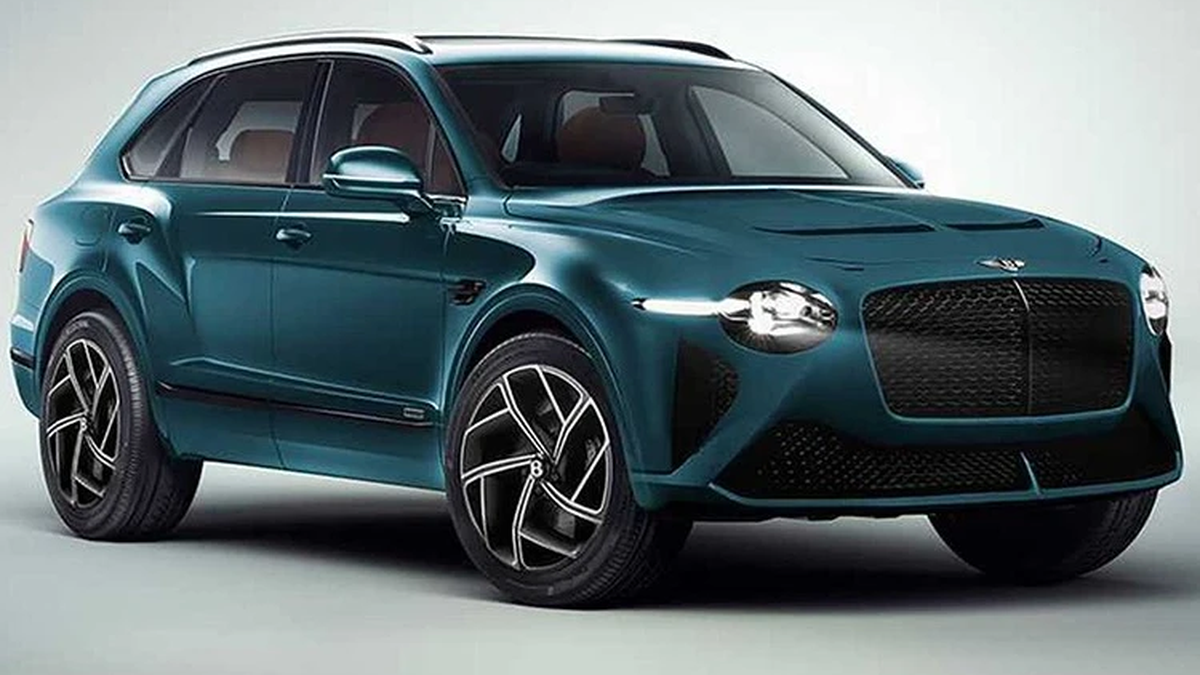
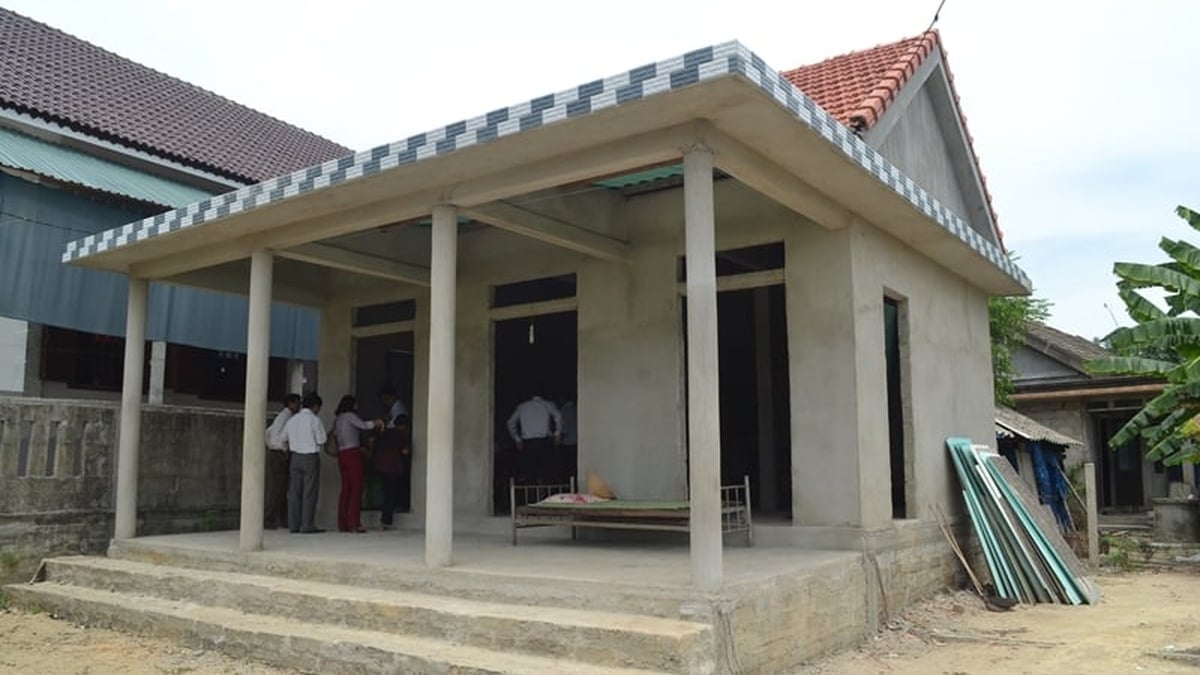


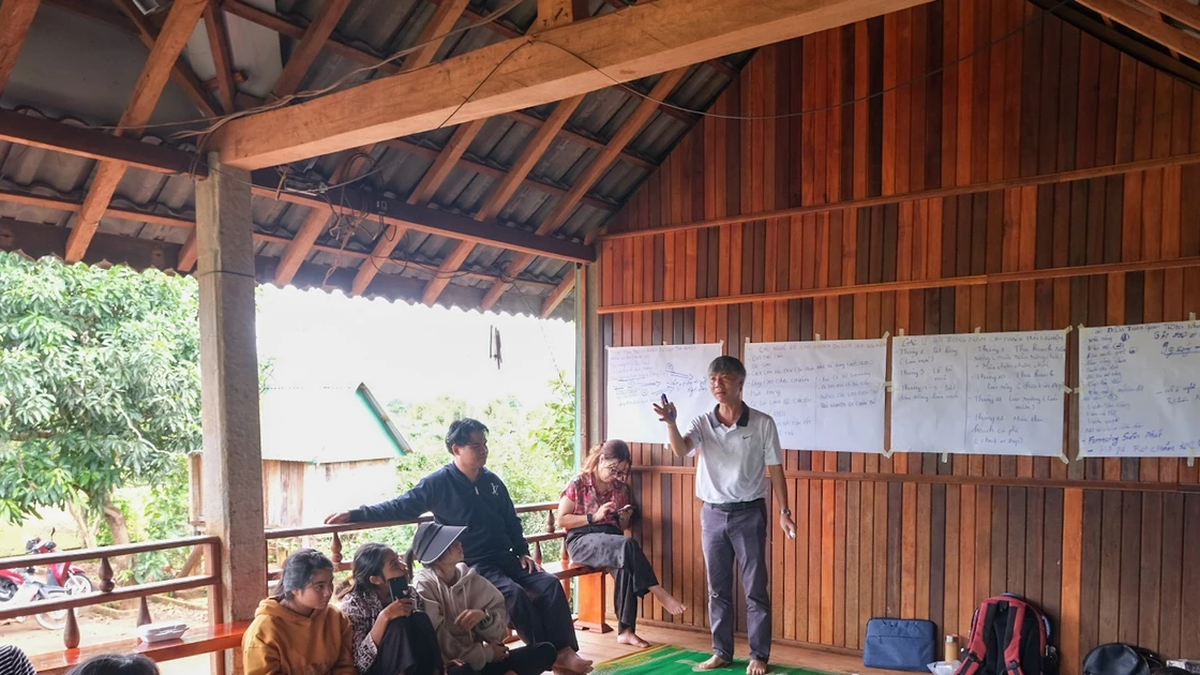
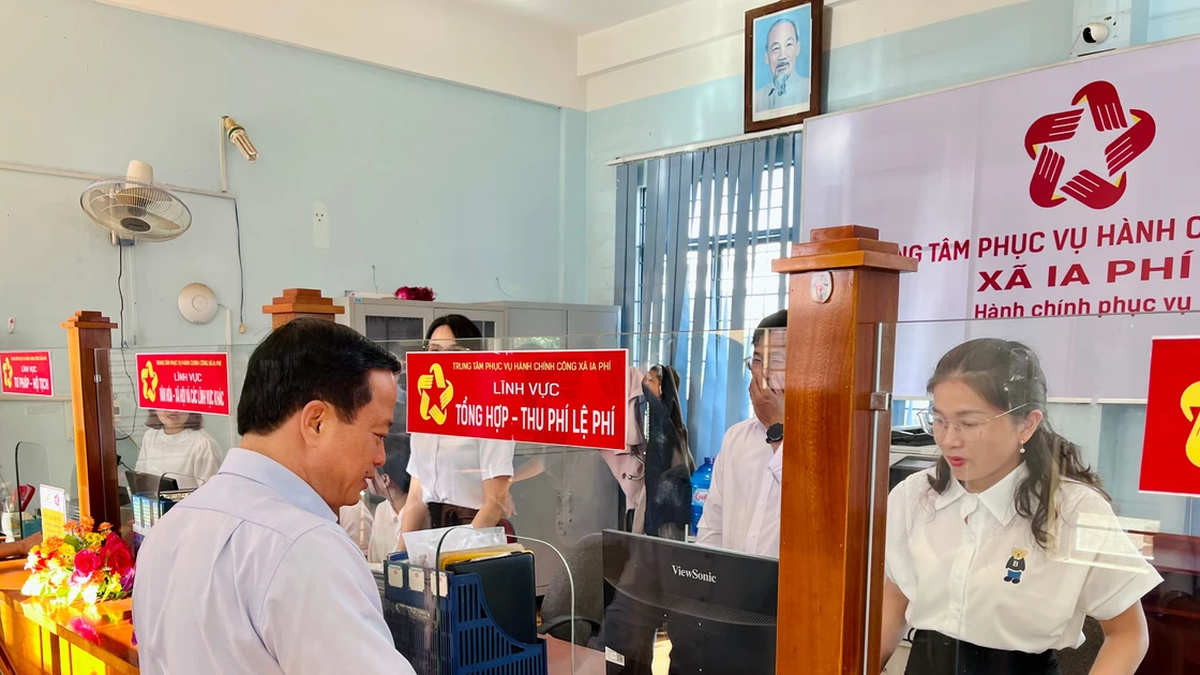












































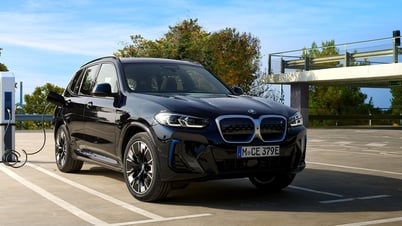

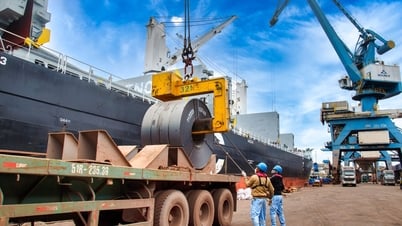










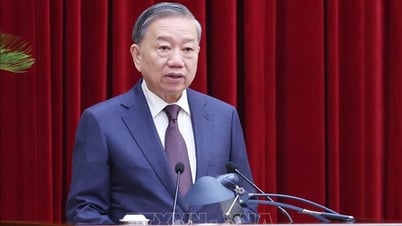

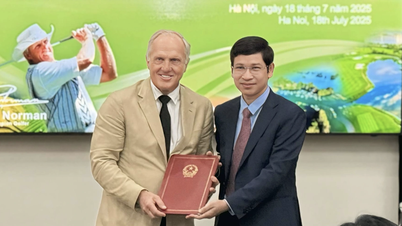

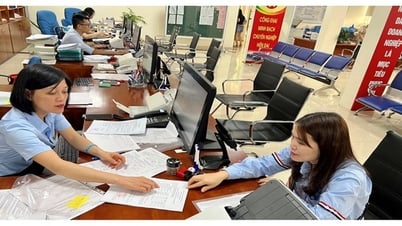

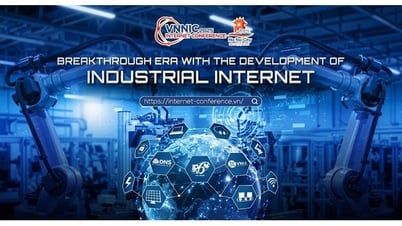
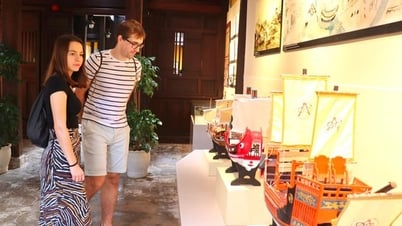

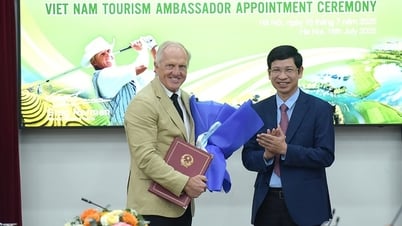


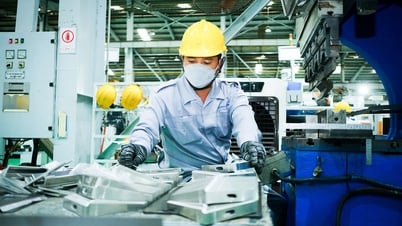














![[Infographic] In 2025, 47 products will achieve national OCOP](https://vphoto.vietnam.vn/thumb/402x226/vietnam/resource/IMAGE/2025/7/16/5d672398b0744db3ab920e05db8e5b7d)







Comment (0)